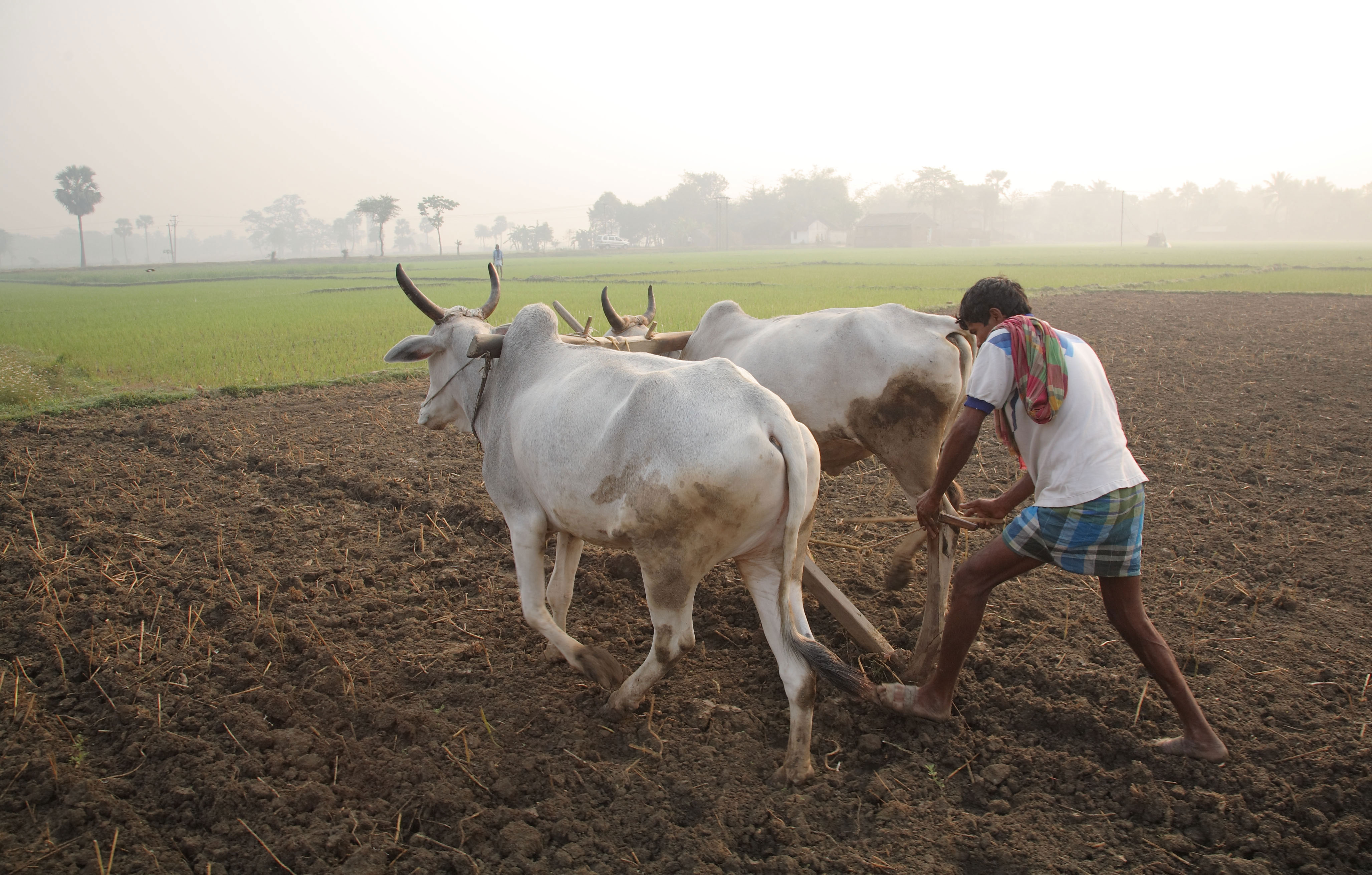Gone are the days when an Indian farmer was considered an embodiment of suffering, day and night toil, exploitation and abject poverty? His lot now is not so hard as it used to be during the British Raj. Barring certain exceptions, presently he enjoys a life of plenty and prosperity. A revolutionary change has taken place in his mode of life during the last fifty years.
He is adept in using modern agricultural implements and machines, if he has means to buy them. Now he lives in a brick house instead of a mud house, but it is simple and unpretentious in design. Most farmers possess modern day domestic items, what city people can boast of – T.V., fridge, fans, stereos, scooter and even a car.
But unfortunately, the civic amenities have not yet reached his village. That is why the lanes and drains in rural areas are, usually, dirty. There is not much cleanliness in the surroundings. The approach roads are full of pot-holes and puddles. Even the rooms of his house are not well-ventilated.
ADVERTISEMENTS:
His routine, however, is very hard and taxing. It begins with the daybreak or even before it. After getting up early in the morning, he goes out for the call of nature. On return, he washes his hands and face briskly and then goes to the cowshed, where he milks his cows or buffaloes.
This is followed by the sound of a hubble-bubble (Hukka), which comes as a treat and great relief for him. The women of the house get busy in grinding the corn and churning the curd. The children pick up the dung to make cakes out of it.
Then comes the anxious moment to leave for his field with his bullocks and plough. On reaching there, he ploughs his field till the sun raises high in the sky. There he sows the seeds, if it is the sowing time.
ADVERTISEMENTS:
He waters his fields by means of a tube-well, if there is one at his field, or he depends on a river or a lake for irrigation. Monsoon rains provide a great lifeline. If they come in time, he feels himself on top of the world. But if they fail, he is doomed and his mood can be described in the following lines:
Out of the day and night,
A joy has taken flight.
He guards his crops against insects, pests, locusts and animals. He sprays insecticides and pesticides to save them from damage. But the hailstorm makes him absolutely defenseless in saving his labour from being ruined.
ADVERTISEMENTS:
At noon, he takes his simple food, consisting of thick chapattis, onion, green chilies and pulse. His meal is brought from the house either by his wife or some other female member of the house. Then he takes rest on a simple cot, smoking his hukka.
After his siesta, he can be seen on the second round of his fieldwork. When the sun sets, he returns home with his bullocks and plough, milks his cows or buffaloes and then sits to smoke his hukka, which is an essential part of his life.
After supper, he spends some time in a chaupal (the village community centre) with other members of the village. He goes there to listen to the radio or see T.V. programmes. He converses with his fellowmen on different topics connected with birth, marriage and death. Sometimes, he has tableaus and dramatic troupes in his village as a source of entertainment. Quite often, he goes to listen to the preachings of a holy man or attends KIRTAN.
At times, he goes to the city-market to purchase seeds, manure and fertilizer. Sometimes, he attends cattle fair and other social functions, which fills his life with joy and happiness. The happiest time in his life is when he harvests his crop.
He dances with joy, if the harvest is good and celebrates the harvest function with great gusto. The functions like Lohri, Baisakhi, Holi and Onam are merely the expressions of joy generated after the arrival of a good harvest.

